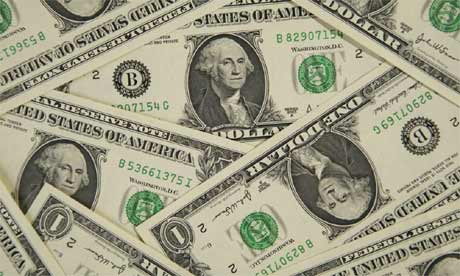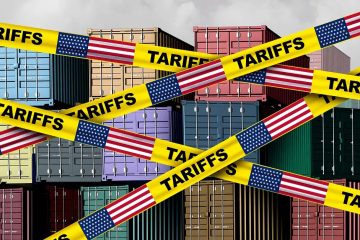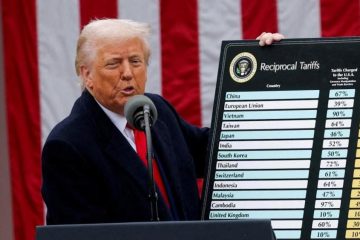US top 1% income expanded double than the 99% widening the gap

According to the updated analysis of tax data by the economics professor at the University of California, Berkeley Emmanuel Saez suggests that income for the rich 1% climbed twice as fast as it did for the remaining 99% of households. Average income for the top 1% of households grew at 7.7% to $1.36 million.
He continued to add that even though family incomes for the bottom 99% “have finally started recovering in earnest from the losses of the Great Recession, nevertheless, income inequality remains extremely high.”
Factoring in inflating, the average income rose by 3.9% 2015, to $48,768 marking the robust annual gain in almost two decades. Saez said, “It is indeed the best growth year for the bottom 90% and bottom 99% since the late 1990s.” “At the same time, top incomes grow even faster, leading to a further widening of inequality, which continues an alarming trend.”
When the Great recession ended, the top 1% captured 52% of total real income growth. Households in the top 1% still occupy a bigger space in the earning’s chart. Expressed in terms of digits, researchers explained the 1% as households earning over $443,000 in 2015.
Calculations by Scott Winship at the Manhattan Institute confirms that the non-elderly households saw a 14% spike in pre-tax, pre-transfer incomes between 1979 and 2010, while incomes of the elderly-headed households declined by 18%. Various other studies have compiled data on declining number of middle-class Americans also defined as rising inequality in wealth (as opposed to income).
The International Monetary Fund (IMF) and Organization for Economic Cooperation and Development (OECD) try to link rising inequality and declining economic growth. In a recent report by the IMF on consumption, it noted consumption would have been 3.5% higher between 1998 and 2013 if it were not for rising inequality.
The 2016 presidential election candidates promise to tackle the issue of declining middle-class that has displeased majority of voters. Donald Trump has vowed to return wealth by slashing trade deals and using tariffs to return manufacturing jobs from overseas. Hillary Clinton on the other hand backs a debt-free college option, and higher minimum wages to aid the middle class. Fueling the debate has partly been due to the researches conducted over the years by Saez and his partner Thomas Piketty.
The reports are famed for the fact that unlike government surveys, they are able to capture unique segments such as the ultra-rich Americans who play professional sports, manage global corporations, trade successfully in the financial markets, etc.










